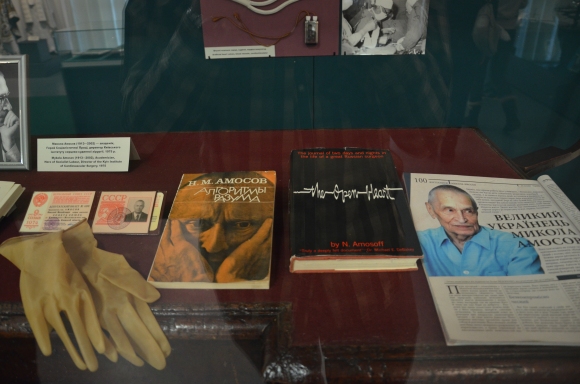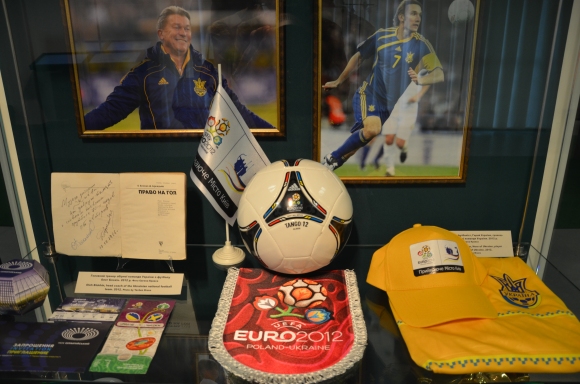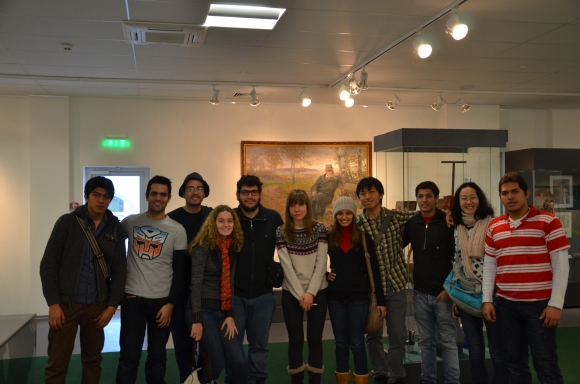This morning we had a guided tour to the Museum of Kyiv History. It is situated right next to Teatralna Metro Station and near the Taras Shevchenko Opera Theatre and the main street, Khreschatyk. I have been to the Museum of Ukrainian History (at Andrivskyy Uzviz, Andrew’s Descent), but this museum specialises in the history of the city. I have always been interested in history and politics, and this time, with our knowledgeable guide, Yulia, I have learnt even more about Kyiv.
We were even featured in an English newspaper of Ukraine, the Kyiv Post! Here’s the link: http://www.kyivpost.com/guide/about-kyiv/kyiv-history-museum-reopens-after-9-years-319016.html
You might want to check the Facebook page of the museum too: https://www.facebook.com/museyhistory
Here are some basic details of the museum, obtained from Kyiv Post’s article:
Kyiv History Museum and Exhibition Center
7 Bohdana Khmelnytskogo St.
(044) 520-28-26
10 a.m. – 4 p.m. (Monday)
10 a.m. – 6 p.m. (Tuesday-Thursday)
10 a.m. – 8 p.m. (Friday, weekend)
Hr 30 (about USD 3.75), Hr 15 for kids, students
Hr 50-100 (guided tour for a group)
Hr 120 (guided tour for a group of 20), Hr 150 for a group of 30
For reservations call (044) 223-98-92
The first Monday of the month is free of charge
Kyiv has a long history, but unfortunately, during many parts of it, Ukraine had not been a sovereign state, and had been controlled by external powers.
One key location in the city is the Golden Gates, the Zoloti Vorota. It is the birthplace of the Slavic civilisations of the Ukrainians, the Russians and the Belorussians.
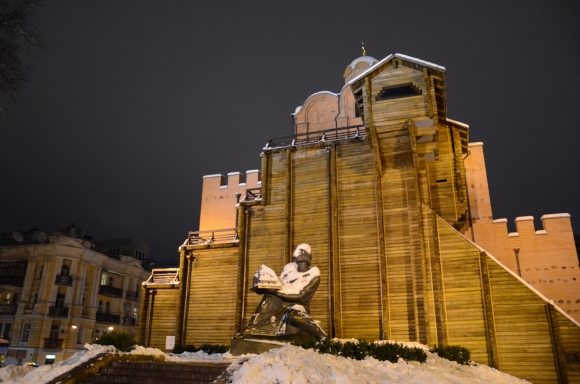
Being exceptionally interested in languages and scripts, I paid extra attention to texts, such as this one featured below.
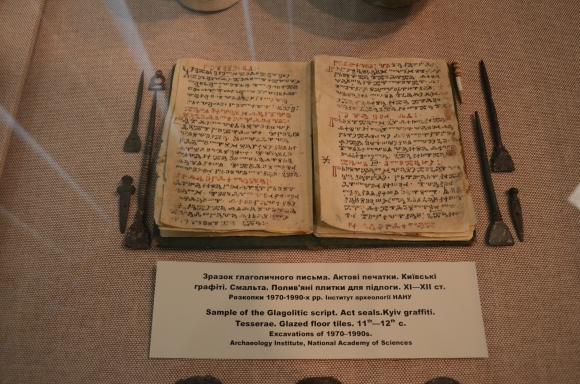
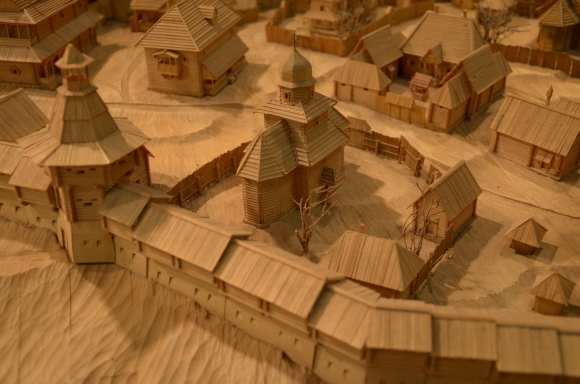



Ukraine is the motherland of aviation. During the Soviet Union era, most aeroplanes such as the Tupolev, Ilyushin and Antonov models were produced in the Ukrainian SSR.
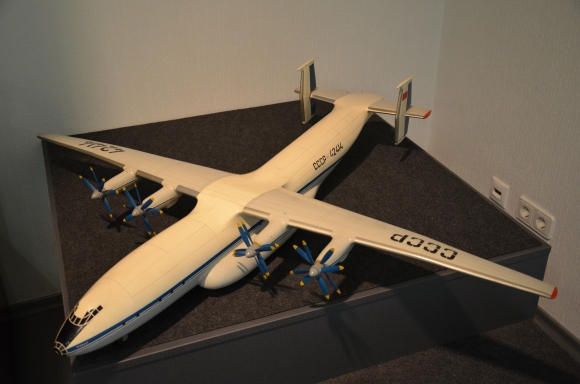
Mykola Amosov (1913-2002) was a famous Ukrainian cardiovascular surgeon who invented many new methods for curing heart defects, and was labelled a Hero of Socialist Labour (Герой Социалистического Труда). He has also written numerous books on his expertise in cardiovascular surgery.
